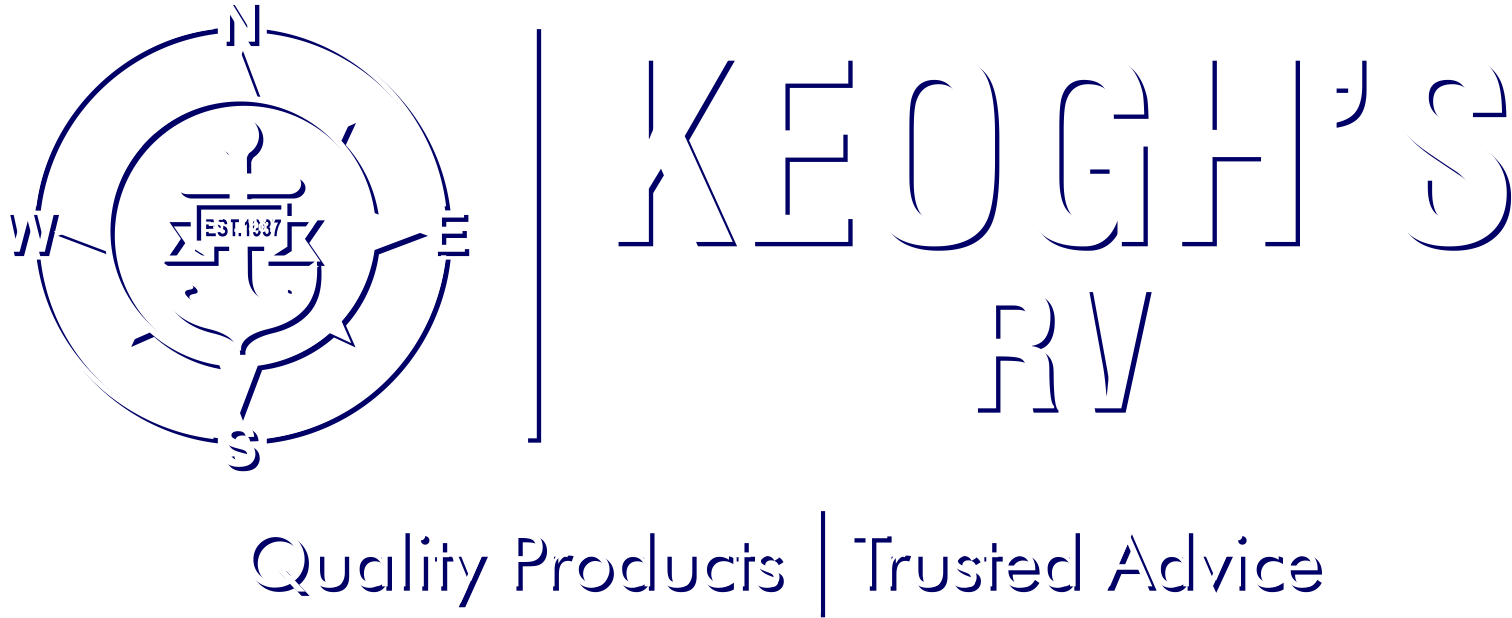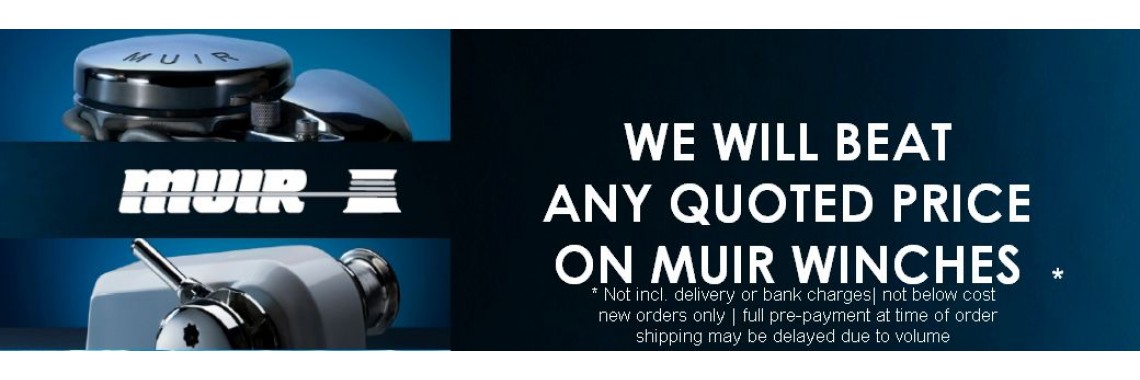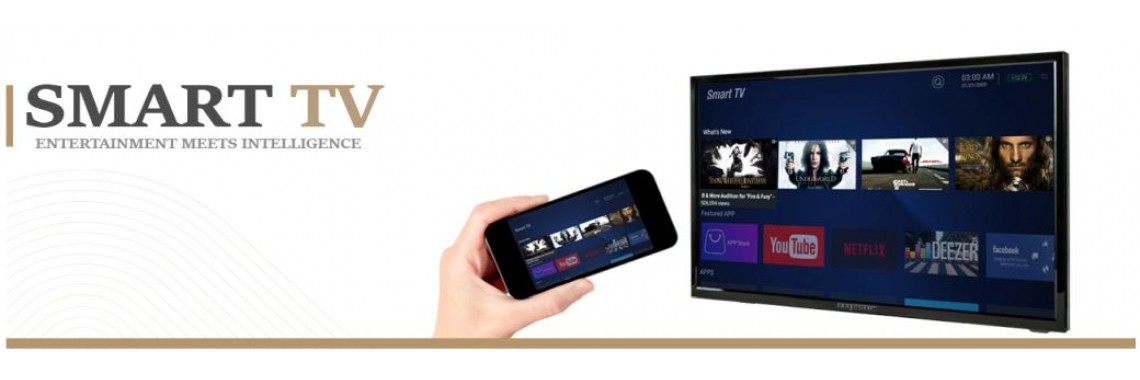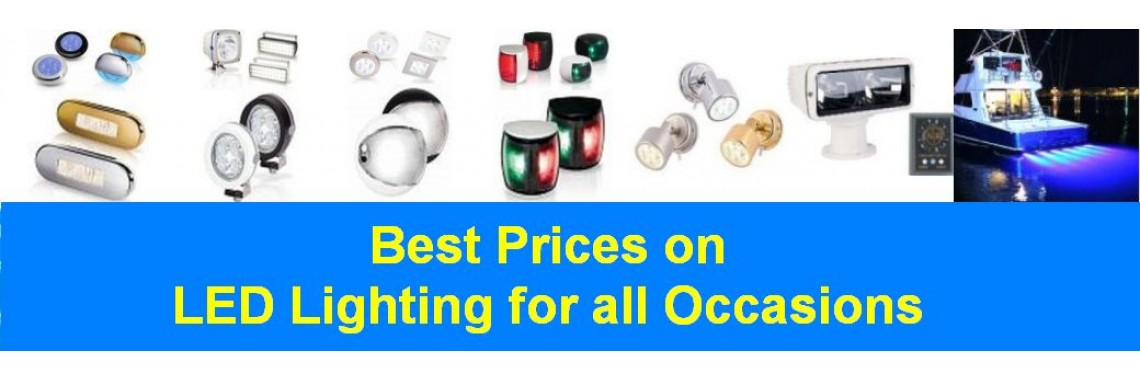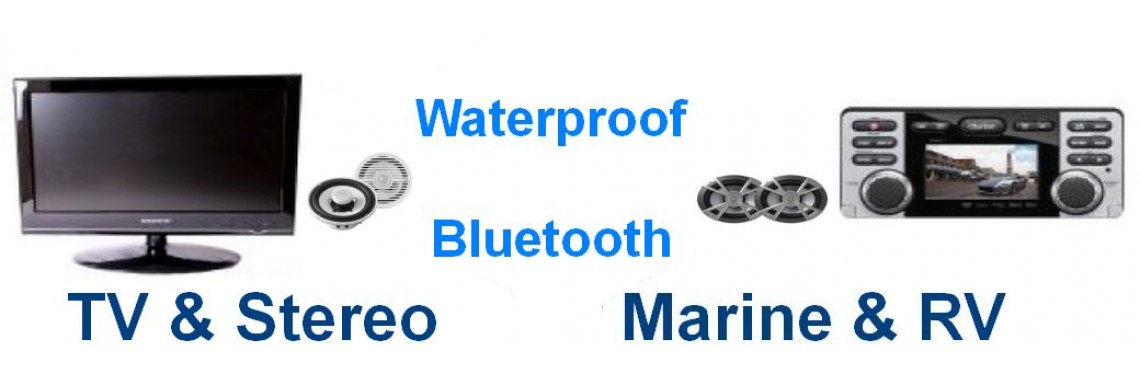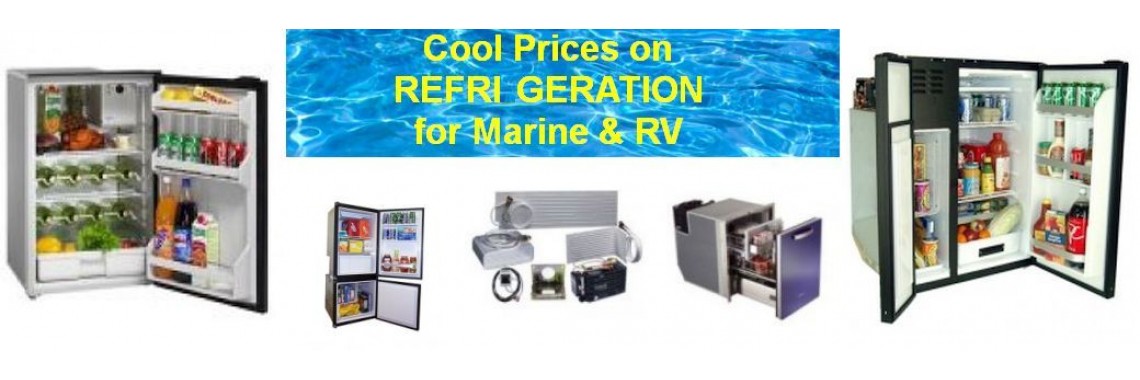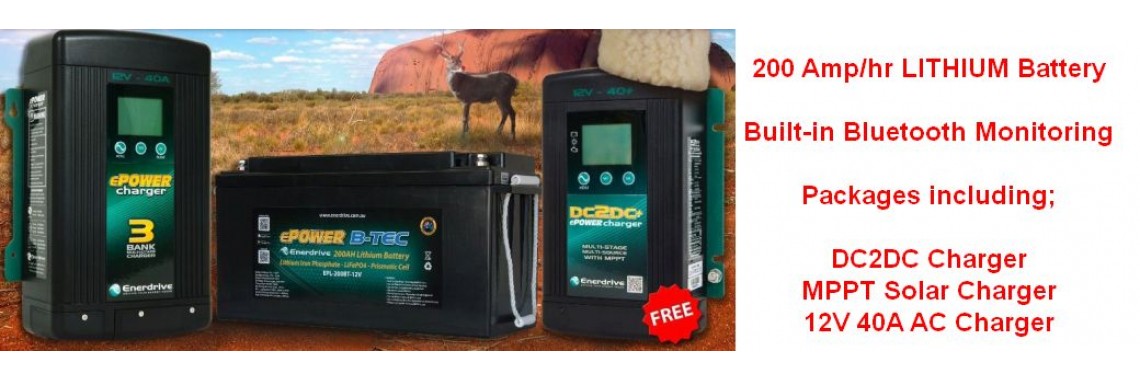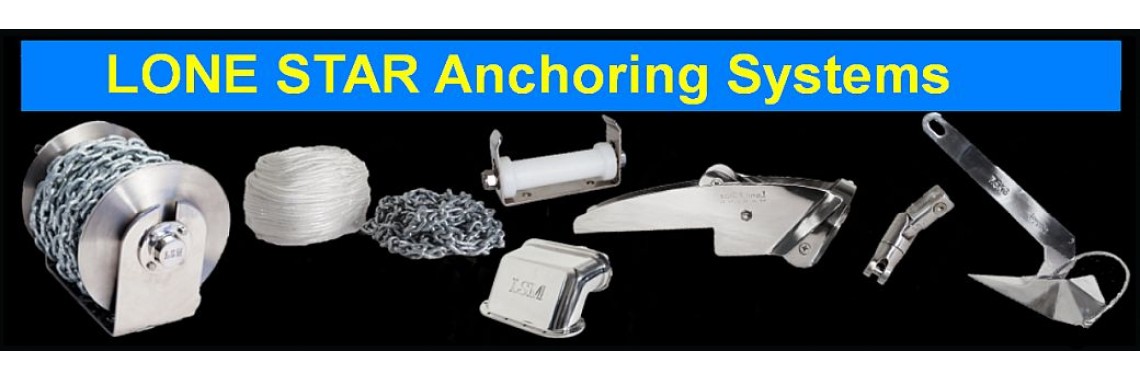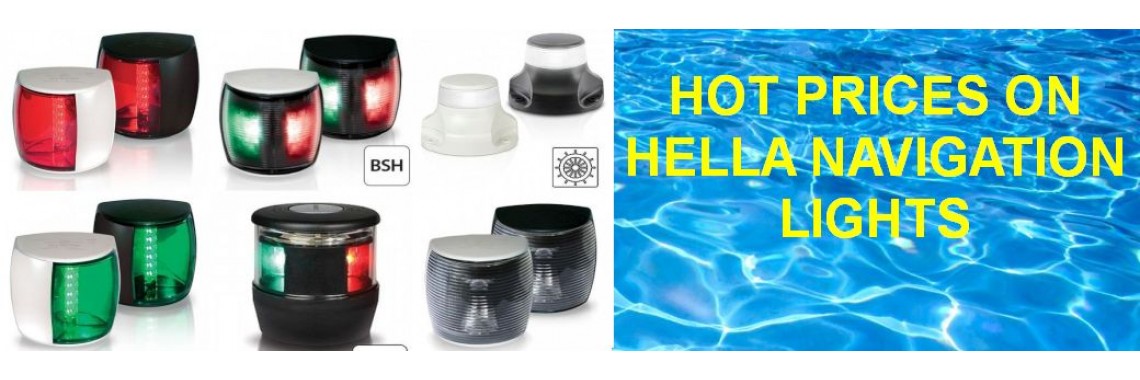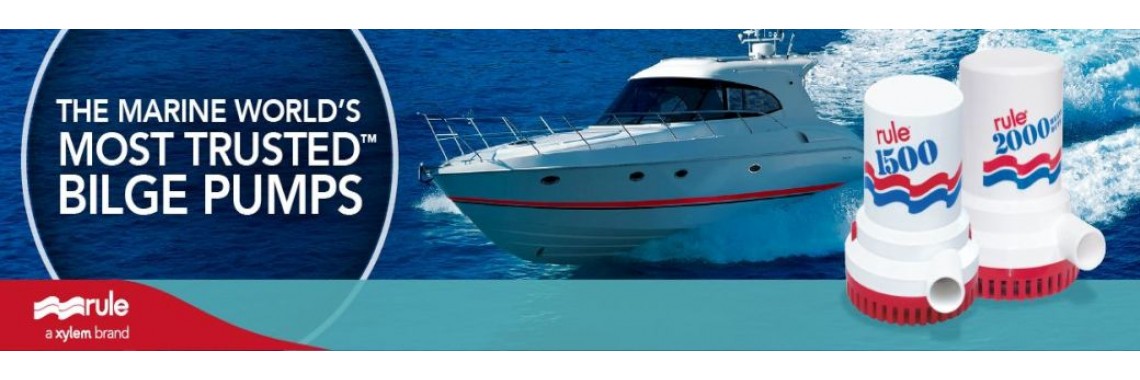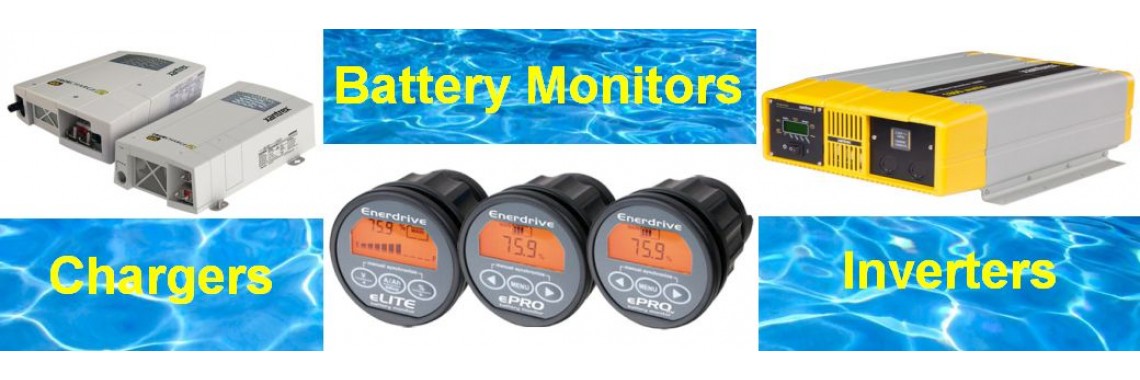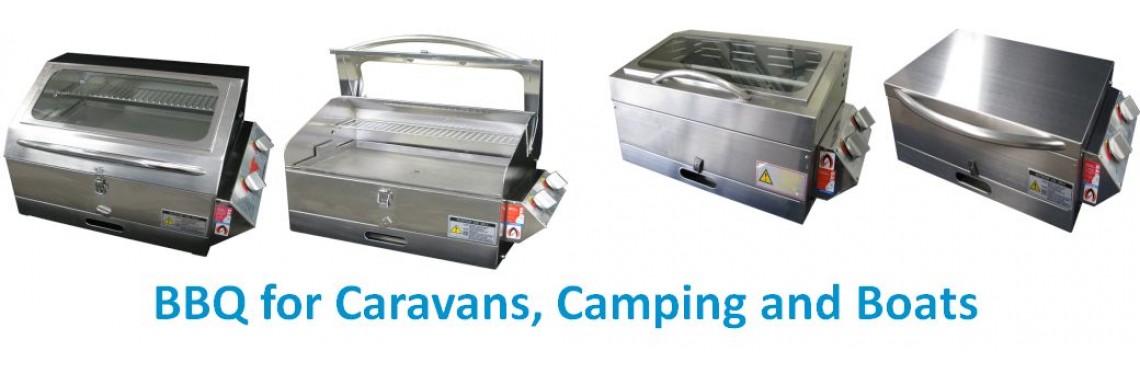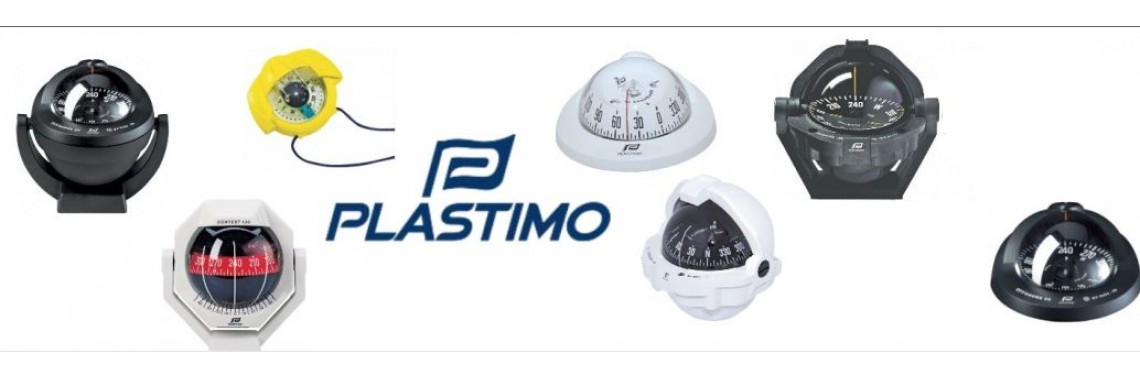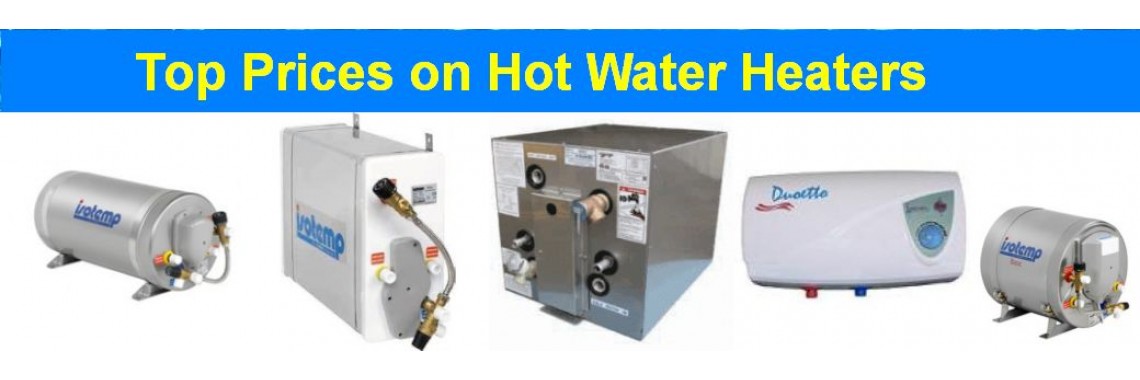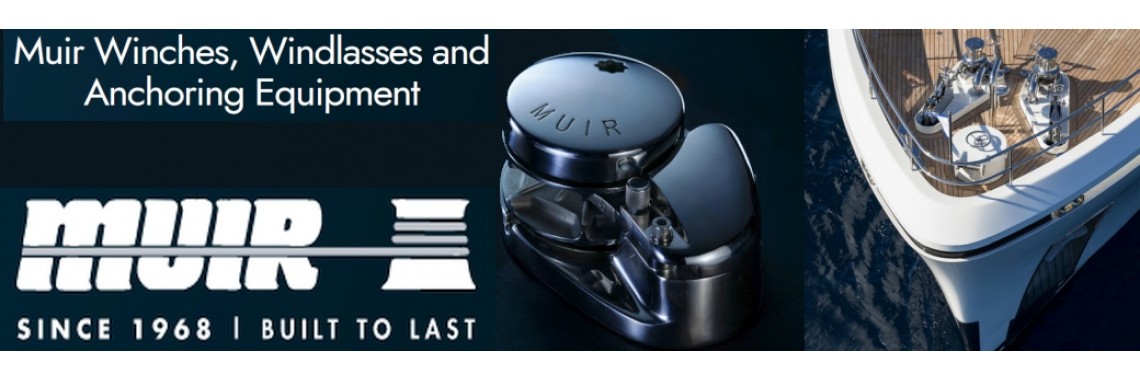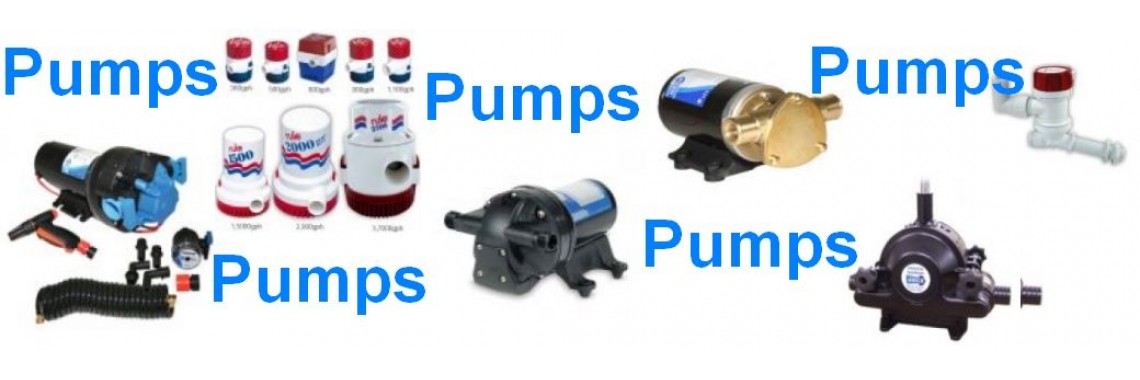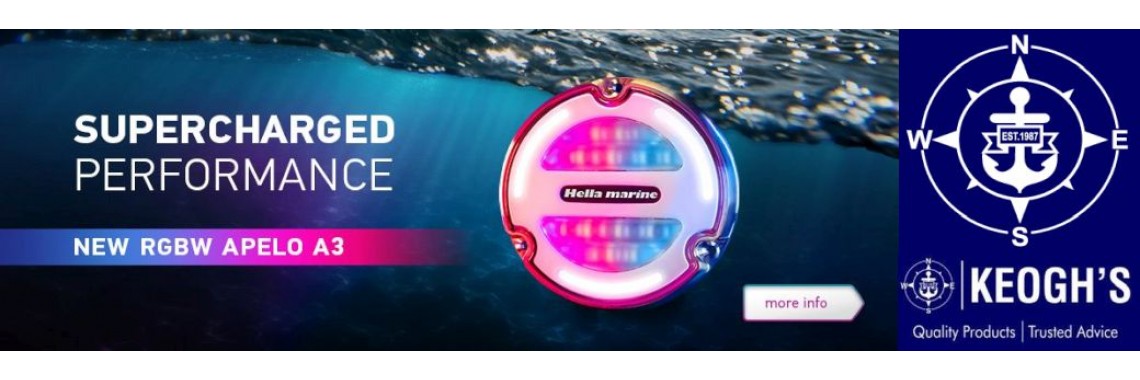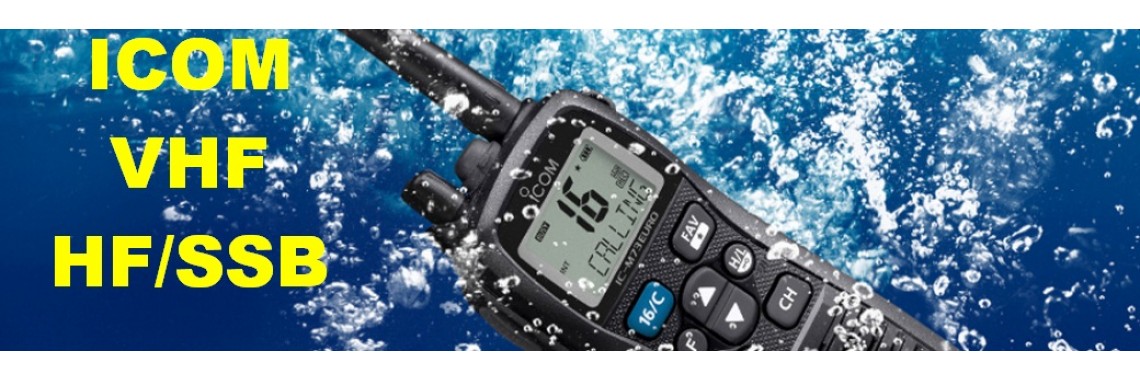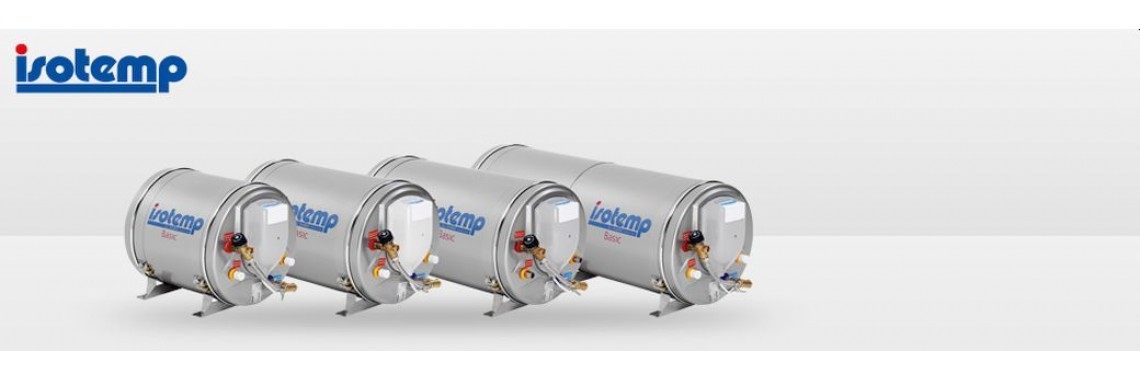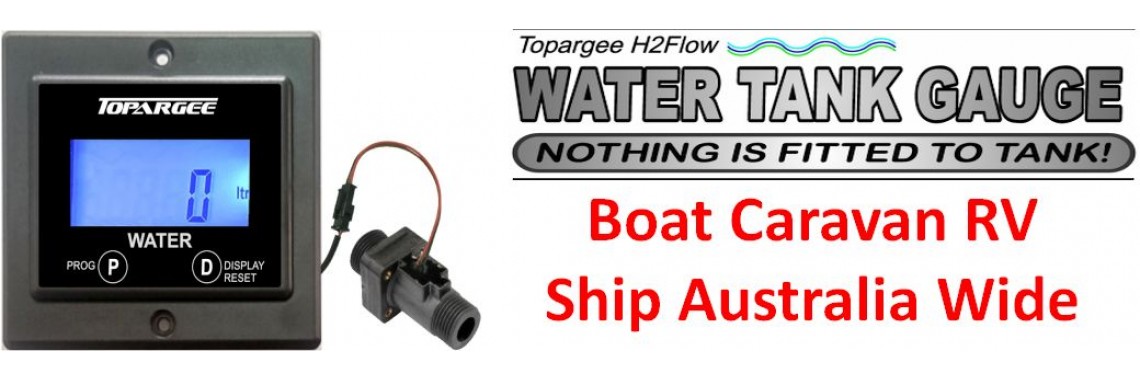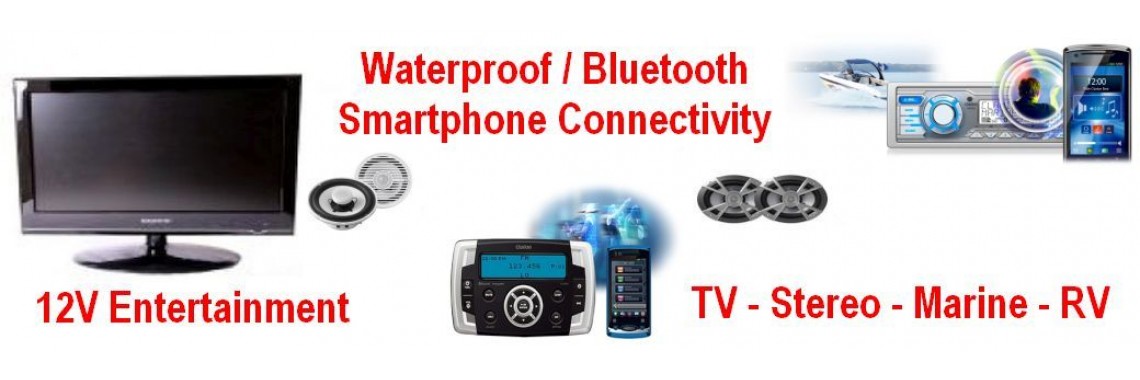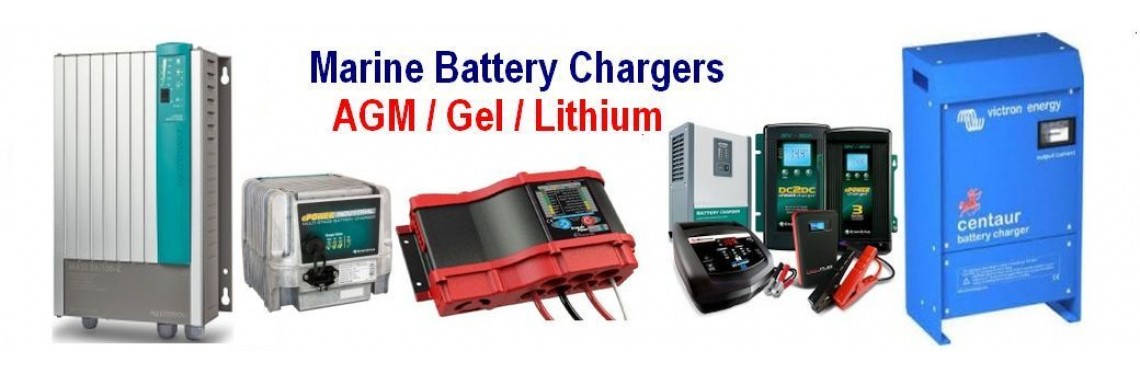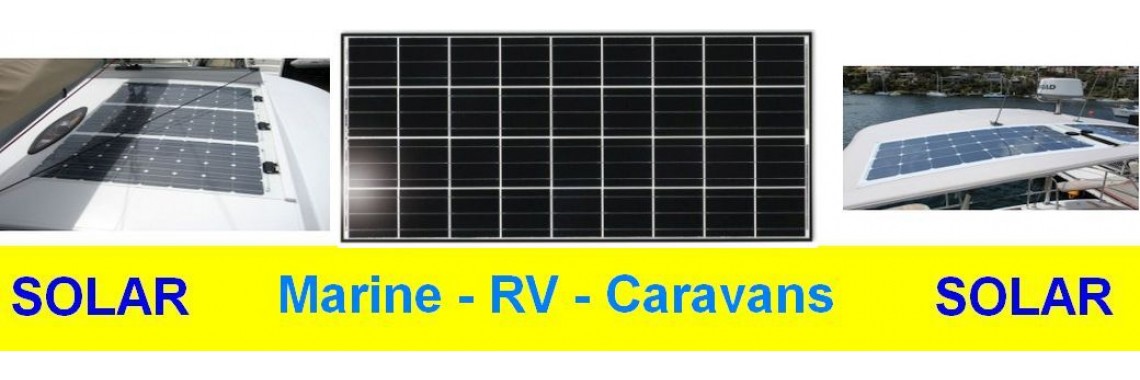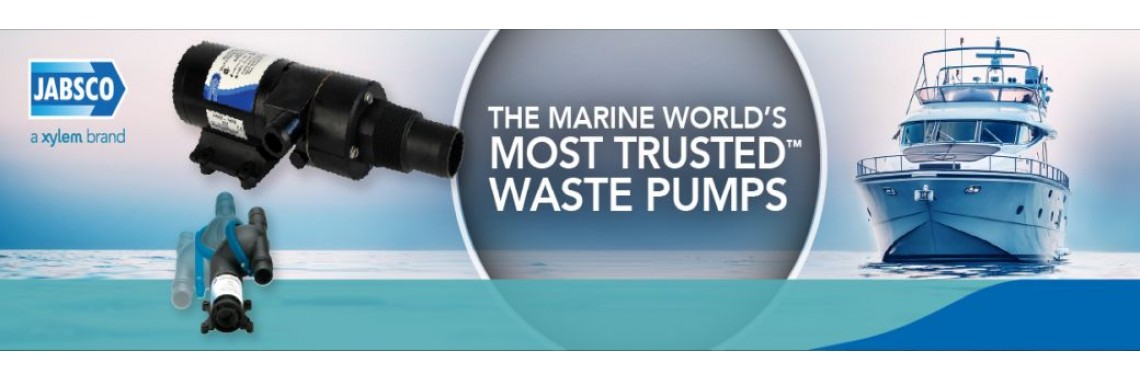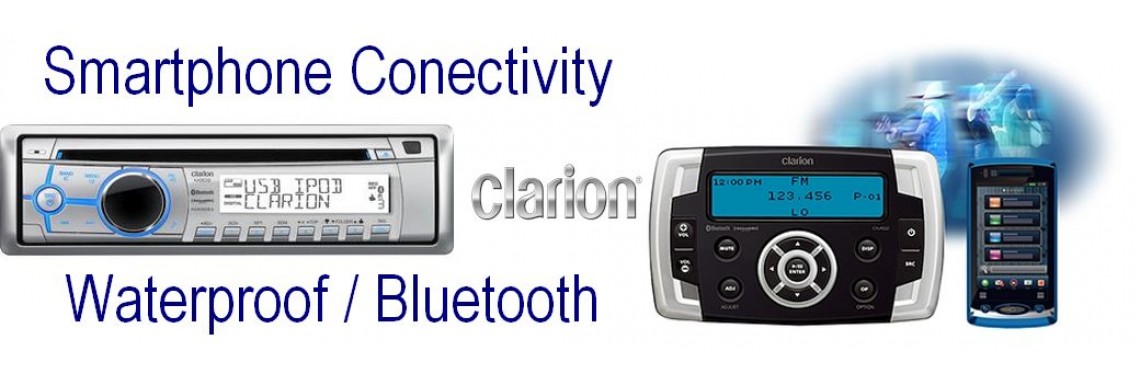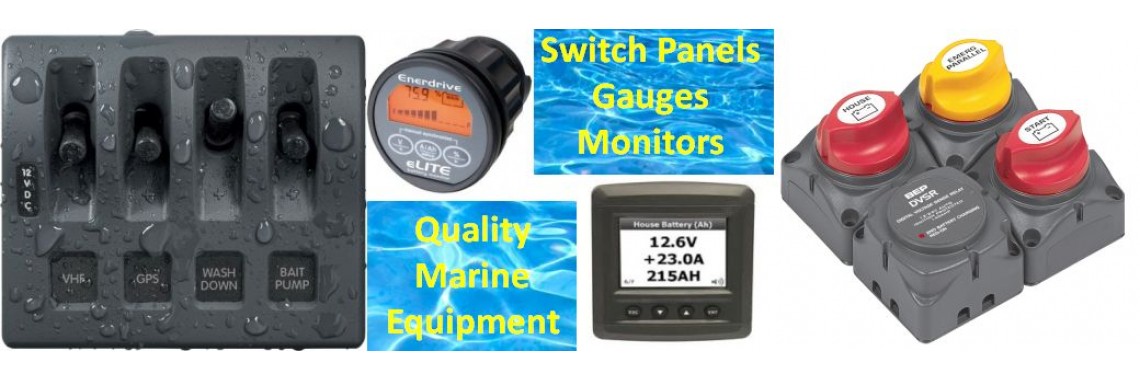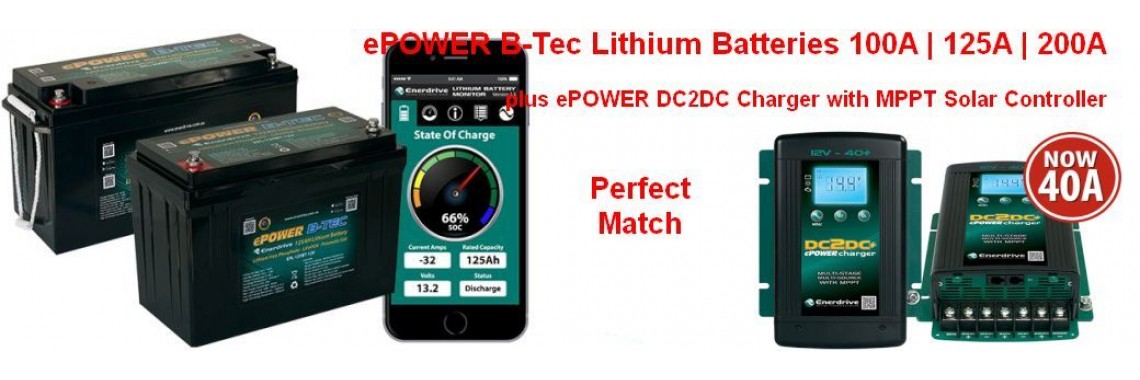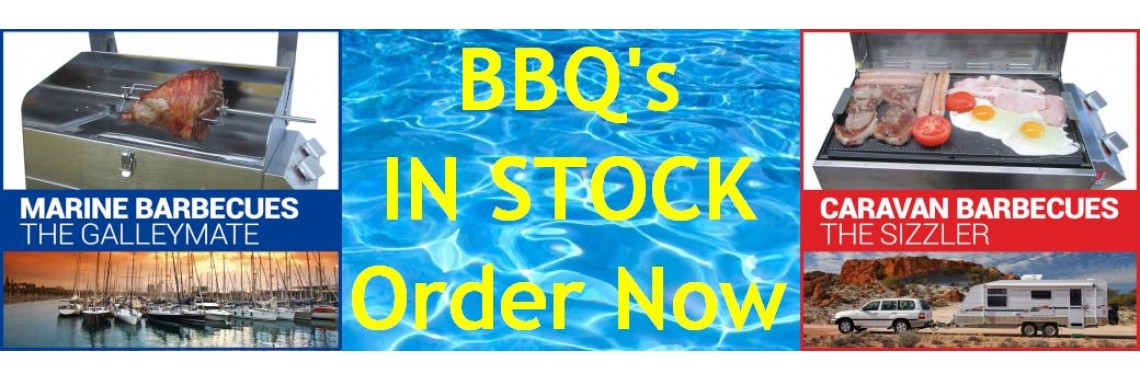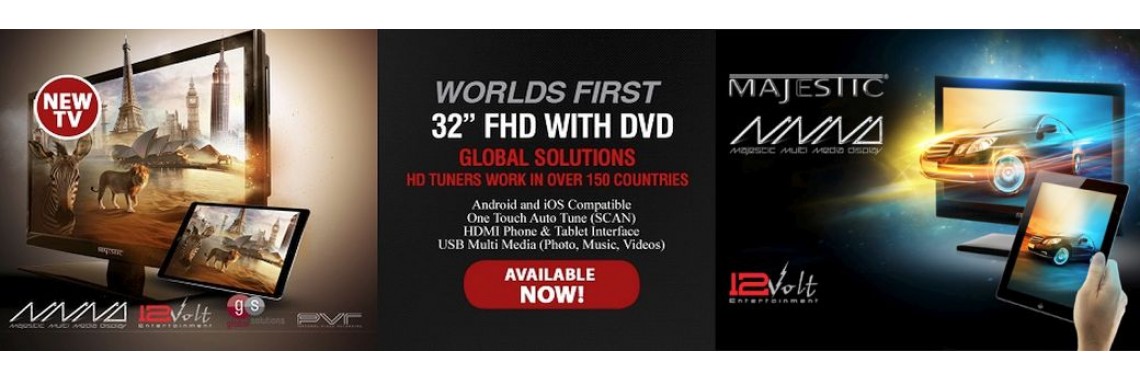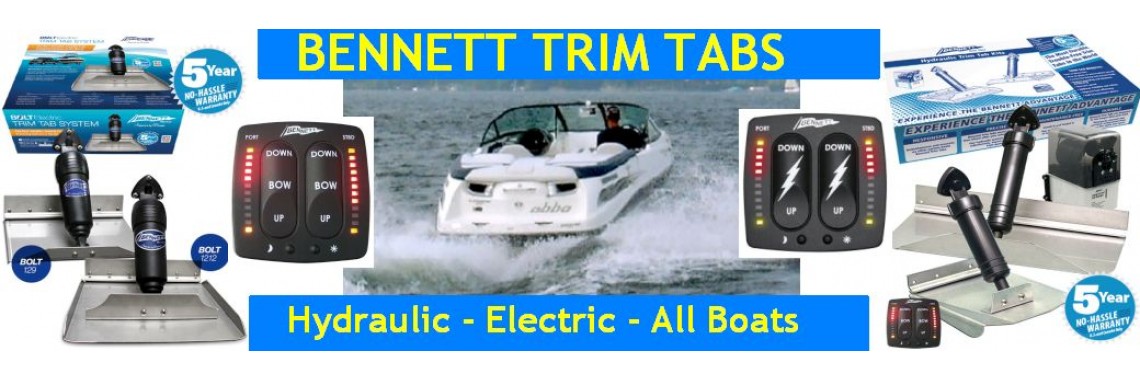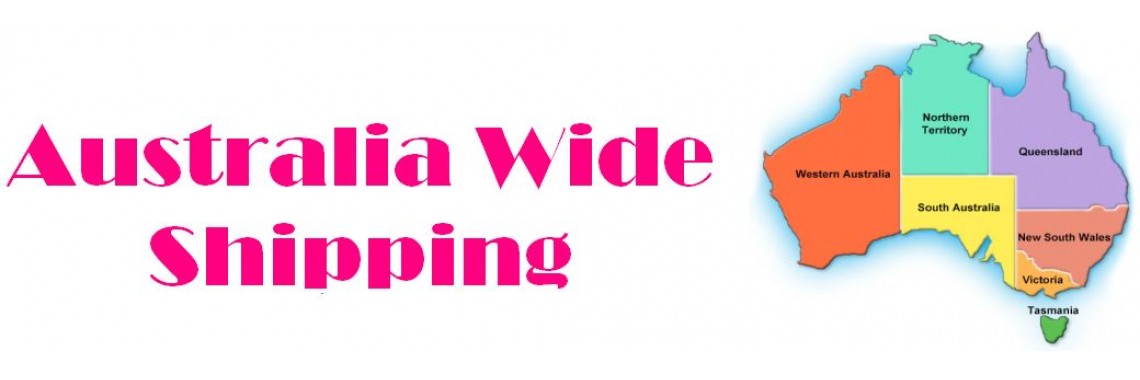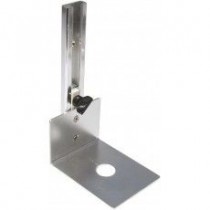TRANSDUCERS
TRANSDUCERS
Choosing the Best Transducer - Lowrance and Simrad Transducers
Recreational Fishing - If the application is recreational fishing, a 600Watt transducer will do the job. These transducers have enough power to read bottom in over 305m (1,000’) of water and have 83kHz/200 kHz or 50 kHz/200 kHz dual-frequency capability. Typically matched with small to mid-size fishfinders, a 600W transducer is perfect for bottom fishing, marking bait, and marking game fish
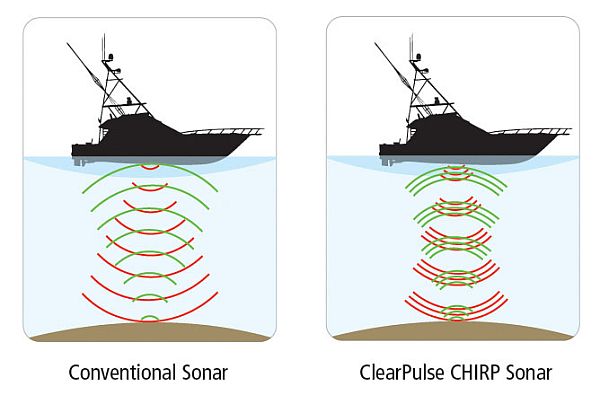
- 455/800kHz is best < 30m.
- 83kHz is best < 50m
- 50kHz is best > 50m
Lowrance and Simrad transducers are designed for specific hull types and operating depths. Choosing the right transducer is not rocket science, it is a simple matter of answering the right questions:
- What type of hull and boat length? Tinnie's and trailerable fibreglass runabouts will fit a transom mount transducer. Sailing boats and non trailerable Fibreglass will fit a Thru-Hull or In-Hull transducer.
- What depth are you fishing? Under 50m will use a an 83/200KHz and over 50m a 50/200KHz
- What is your target depth or target species depth range.
To select the transducer that's best suited to your needs, you need to consider the transducer's operating frequency, cone angle, type of installation and target depth. Remember that one transducer cannot do everything. There is little point asking for a transducer that can fish under 10m, then sometimes fish 200m then occasionally go out to 450m... it just wont happen. Transducers are made to work at a best resolution in a target depth range, and this range is limited for each frequency. For this reason CHIRP transducers can give better results, as they transmit a large range of frequencies at each pulse, and so have a better 'sweet spot' resolution. They also have the ability to clean up the signal as they compare signals in each frequency, and so dismiss a return echo that is not consistent across most frequencies.
Transducer Element Tilt Angle V's Hull Deadrise
- Fixed 0° tilted version for 0° to 7° hull deadrise
- Fixed 12° tilted version for 8° to 15° hull deadrise
- Fixed 20° tilted version for 16° to 24° hull deadrise
Cone Angle - A transducer's cone angle determines its coverage area of the underwater world. The wider the cone angle, the greater the area that's covered. Having said this, some power is used to cover a wide area, and so wide beam angle transducers generally do not have a deep reach. Generally, use a wide cone angle for fishing shallow to medium depths. The narrow cone penetrates to deeper depths, but shows less fish and structure due to its narrow beam. The depth capability of your sonar units depends on its transmitter power, receiver, sensitivity, frequency, transducer and transducer installation. Other things that effect depth capability are: water conditions and type (all sonars will show deeper depth readings in fresh water than salt) and bottom conditions.
Types of Transducer Installations - Most of our permanent-mount transducers are designed for high-speed operations. For the best results, the transducer should be placed where a smooth, undisturbed flow of water will pass across the face of the transducer at all boat speeds. Read your transducer's owner's manual before installing the transducer!
- Transom Mount - The transom-mount transducer is the most popular, and it's generally the easiest to install. The Skimmer® transducer design performs best when it is slightly below the boat's hull. A plastic transducer is recommended on aluminium or steel-hulled boats to avoid potential electrolysis problems. Mounting the transducer on the transom is recommended for outboard and stern-drive (I/O) powered boats only. Transom mounting is ideal for high-speed operation and models with the "kick-up" feature will prevent damage if the transducer strikes an object. Make certain that the chosen location doesn't interfere with the boat's trailer. DO NOT mount the transducer directly behind the ribs, or thru-hull fittings. Typically, on aluminium boats, mounting the transducer between two ribs works best. On all hulls, mount the transducer at least one foot away from the engine's lower unit. This helps to prevent air bubbles from the transducer interfering with the propeller. Periodically wash the bottom of the transducer with soap and water to remove any oil film or growth that may collect. Oil and dirt reduce the transducer's sensitivity and can even prevent its operation.
- In-Hull Mount - In this installation, the transducer is bonded to the inside of the hull with epoxy. Ideally, the transducer is placed in the aft third of the hull close to the centreline. The signal "shoots through" the hull with some loss of signal strength. This installation must be made in an area of the hull that is made from solid fibreglass, with no air bubbles or separated layers. If the hull is of multi-layer or "sandwich" construction, you will have to remove the inner layer of fibreglass and the wood or foam core to expose the outer layer of the hull. The transducer must be installed ahead of the propeller, shaft(s), and engine water intake(s). If the boat's hull is made of steel or aluminium, use a plastic or Stainless Steel transducer to prevent electrolysis problems. Due to the greater workload of CHIRP transducers, they require greater cooling and so do not suit In-Hull installations.
- Thru-Hull Mount - In this type of installation, a hole is cut in the hull and the transducer is mounted through the hull by means of a threaded shaft and nut. If the boat hull has a dead rise higher than 10 degrees, fairing blocks made from wood or plastic must be fabricated so that the transducer will mount in a completely vertical position. Alternatively some transducers off an offset option (or 'tilt'). This allow the transducer to be mounted at an angle flush with the hull and still fire directly down.
- Trolling Motor Mount - These transducer mount directly onto the trolling motor and pivot with the trolling motor. The PD-W "pod" transducer is designed for mounting on an electric trolling motor. It has two slots for a hose clamp (which must be purchased separately). Skimmer® transducers can also be mounted on a trolling motor using the TMB-S trolling motor bracket. It's curved to fit the contour of most electric trolling motors.
There are no products to list in this category.

